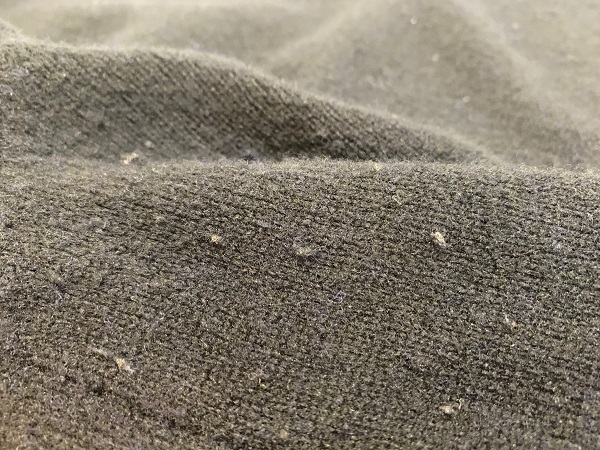
前一篇文章
"About anti-pill processing" that suppresses knit's great enemy pilling
2019年12月18日
KNIT MAGAZINE


Hello everyone!
If you notice it, the end of the year will be squeezed and it will be a little later this year!
What kind of year did you all have? Unfortunately, I had to feel my age because I had a severe backache on New Year’s Day.
Now, this time, continuing from the last time, let’s talk about denim, the sewing process and specifications that you seem to know but do not know!
First, let’s introduce a typical stitch for sewing.
Single stitch
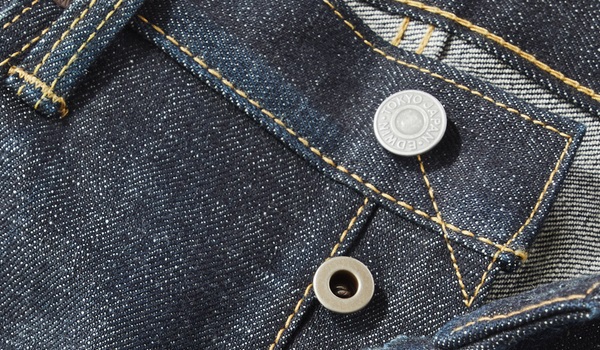
The most common sewing method. The front and back look the same.
Single stitches, also known as lockstitches, are stronger than chain stitches.
However, since <Atari>, which is one of the real pleasures of denim aging, is hard to come out, chain stitch is the royal road to hemming.
Double stitch
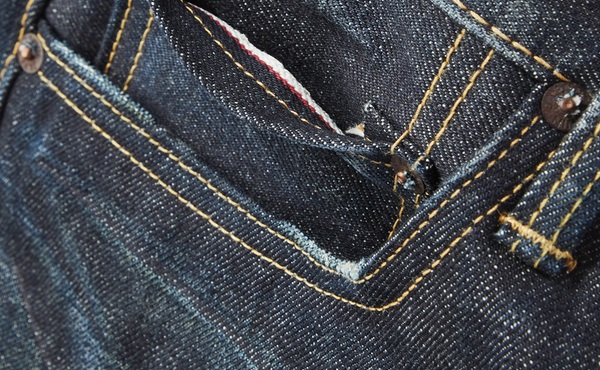
Also called double stitch, it is a sewing method that reinforces single stitch. Japanese core stitches are sewn in parallel, and double stitches are one of the stitches that create a denim look. Of course, it is possible to sew two at the same time.
Chain stitch

A famous sewing method that is used for hemming denim. It is also called chain stitch and is sewn with a special sewing machine.
The front and back of the chain stitch look different, the front looks like a single stitch, and the back looks like a chain.
This chain stitch is characterized by the fact that the thread tightens when washed.
Since the shrinkage rate of the fabric and the thread are different, the surface of the denim fabric becomes wavy and uneven.
Due to this sewing shrinkage and distortion, the raised part is rubbed and a unique <Atari> appears.
It is a point of aging of denim.
The main parts of the denim are sewn with this chain stitch.
The armpits, inner thighs, belt and yoke are this chain stitch.
It can also be said that chain stitch is used for long distances.
This is because it has something to do with the work efficiency of manufacturing denim, which is an industrial product.
Chain stitch industrial sewing machines do not structurally have the bobbin for bobbin thread required for sewing machines used in single stitch. Therefore, the bobbin thread can be handled in the same way as the upper thread without the trouble of changing the bobbin thread frequently, so the work efficiency is good.
On the other hand, the disadvantage of chain stitch is that it can be unraveled at once by unraveling the bobbin thread in one place.
The strength is inferior to that of a single stitch. However, this chain stitch is the driving force behind the creation of <Atari>, which has a denim-like look.
Latch stop

Stop stitching. Since the sewing stop will unravel when force is applied, a bartack is applied to prevent unraveling.
Some denim is barbed instead of rivets.
Now, I will explain the process of making one piece of denim.
Cutting
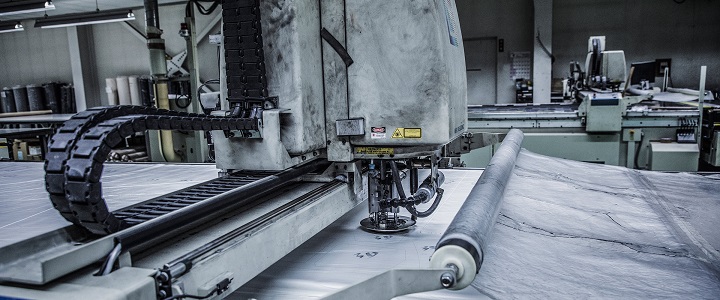
Stretch 100M cloth by 25M and cut 1200 parts at a time.
Preparation

Prepare the cut parts before sewing.
Placket
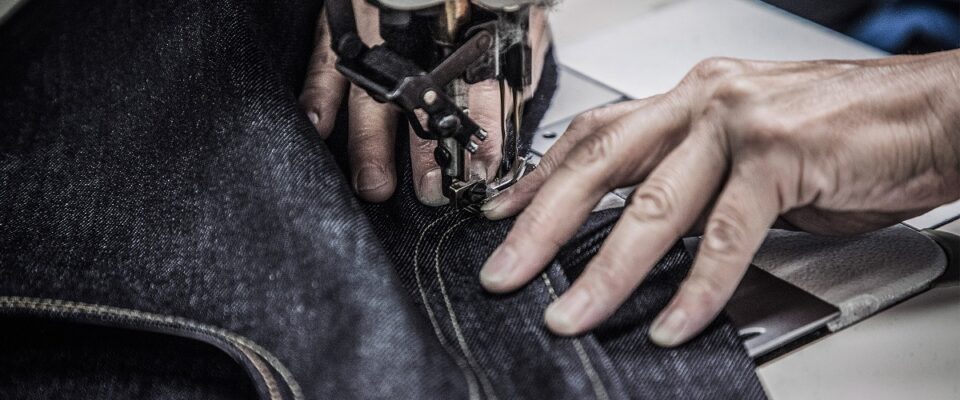
Sew the front placket. The parts are different between the button front and the zip front.
Join the left and right of the predecessor

Connect the left and right sides of the predecessor under the placket. Highly accurate technology is required.
Wind stitching of the yoke

Then the back. First, sew the yoke. Since it is a part that is subject to force when it moves, it is firmly wound and sewn with a thick thread.
With back pocket
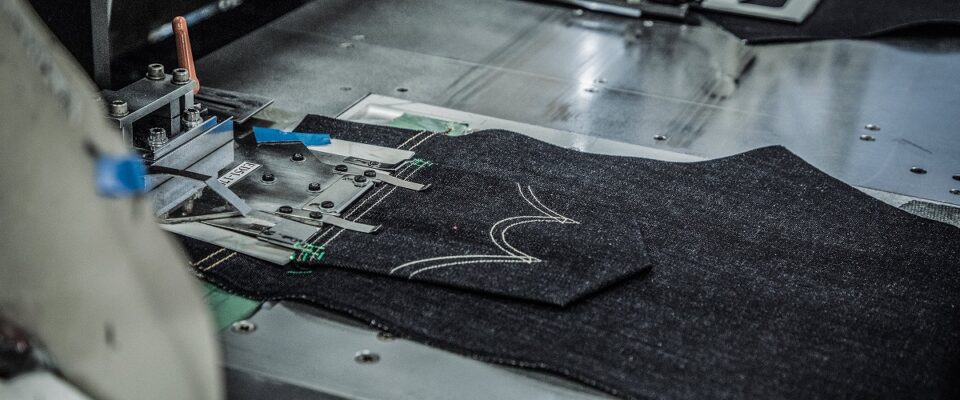
Sew a pocket on the back. We will firmly prevent the pockets from coming off.
Join the left and right sides of the back
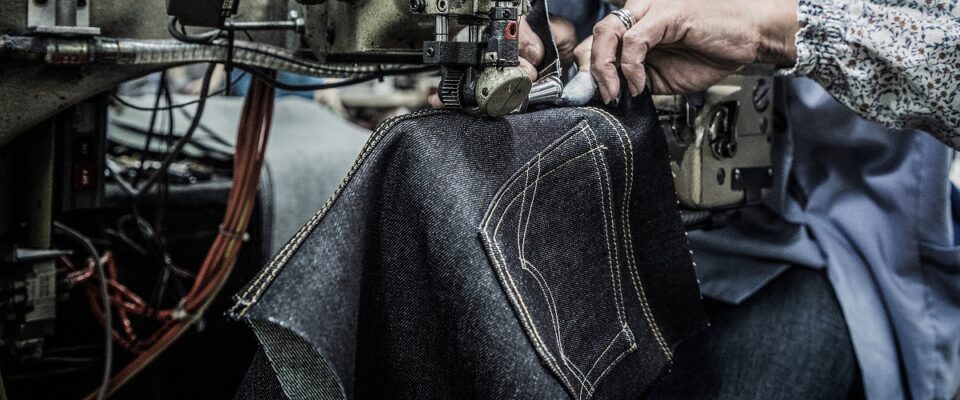
Sew the left and right sides of the back. Since it is the part that exerts the most force when worn, it is wound and sewn with a thick thread like the yoke. Especially high technology is required in denim sewing.
Sew the front and back body

When the front and back parts are assembled, the body after cotton is sewn from the back side to the inner thigh.
From the left and right hem to the hem, sew at once with an interlock sewing machine.
Stopping the thigh

Robust sewing like denim continues. The joint of the thigh where the front, back, left and right bodies intersect, the end of the placket,
The three corners of the placket are firmly reinforced with obex stoppers.
Armpit stitch

Sew both sides from the back side with an interlock sewing machine. (This photo is a lock, but it is often finished by winding stitches.)
With button

Attach the front button. Open the hole with another sewing machine.
Riveting

Rivets on the sewn edges of the button.
Hem processing
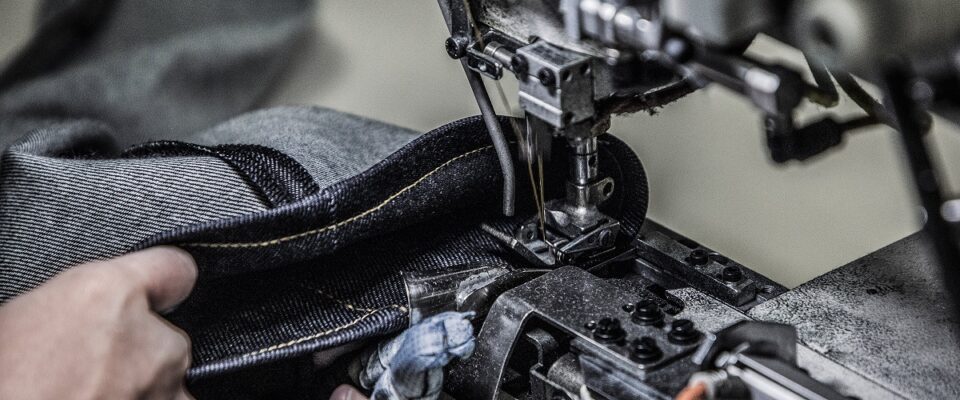
Finally, the hem is processed with chain stitch to complete the sewing process.
After that, there is an inspection process etc. and it will be delivered to us.
We have introduced an excerpt of a typical process for making denim. How was it?
In particular, denim has been required to be sturdy, so there are many unique sewing specifications, and I feel the history of aging and other aging (color fading) being required and accepted!
It’s been a long time, but thank you to those who have been with us until the end!
see you!

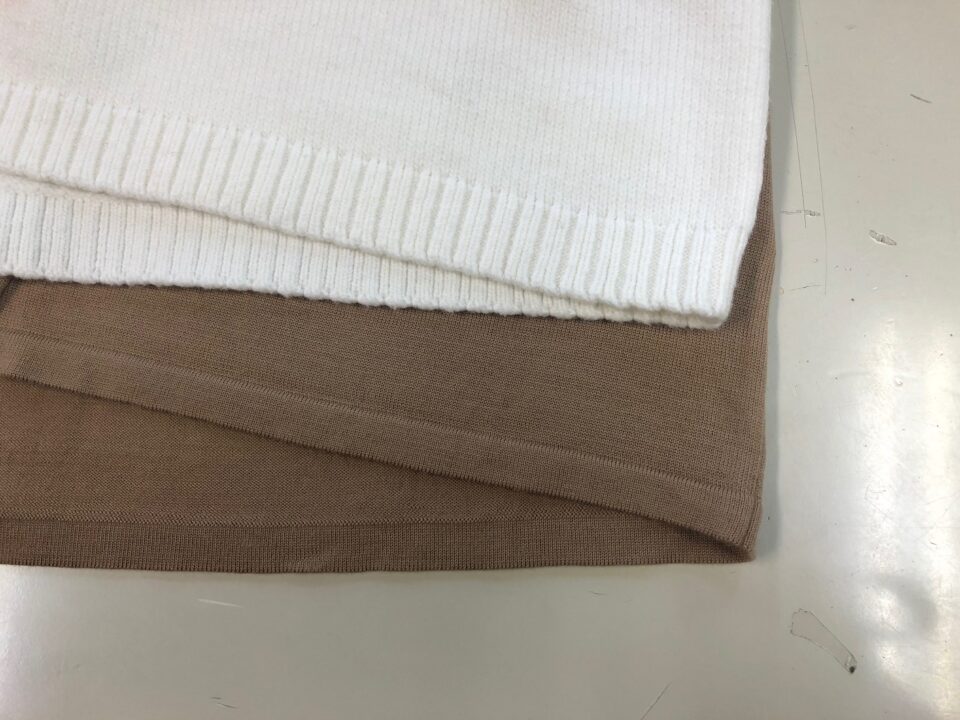
2023年11月29日
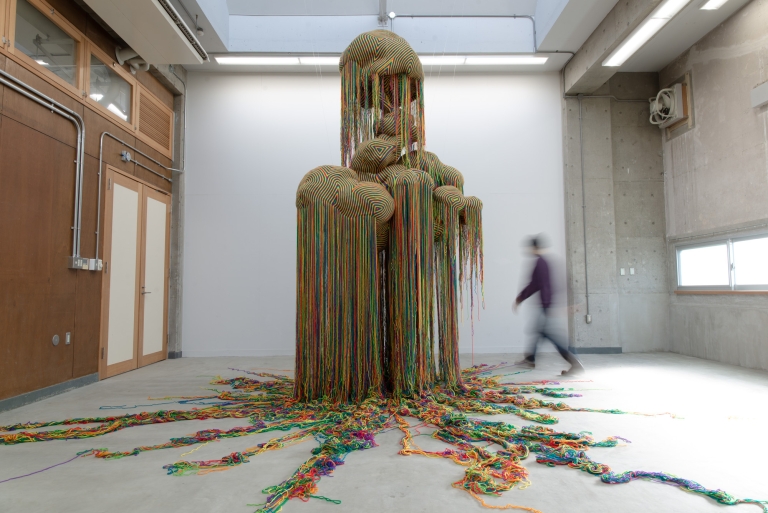
2023年11月9日

2023年11月7日

2023年11月1日
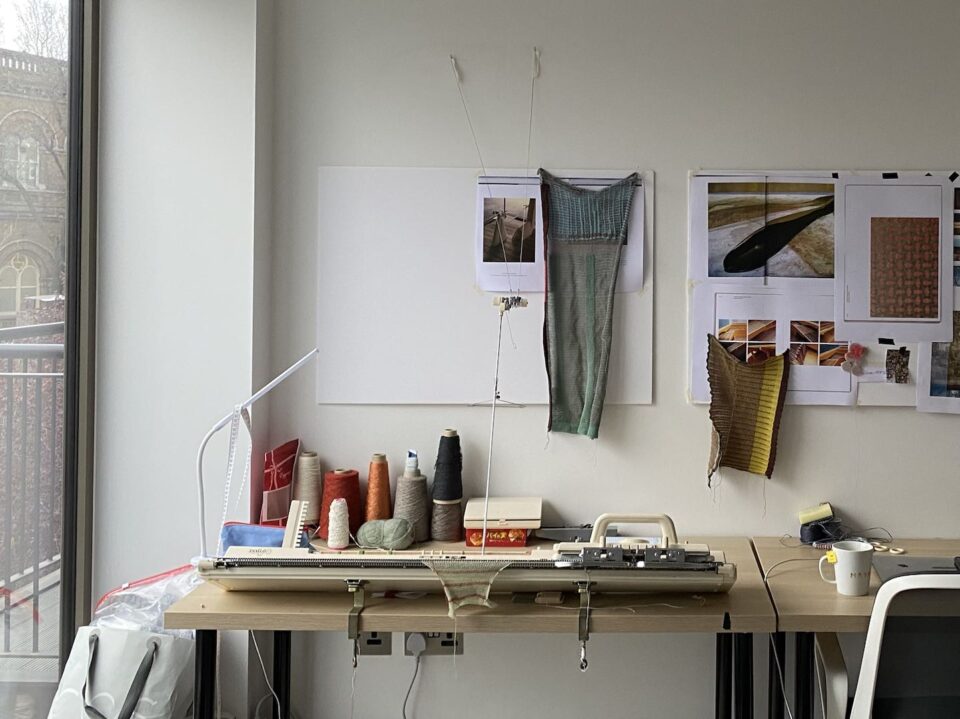
2023年10月26日

2023年10月24日